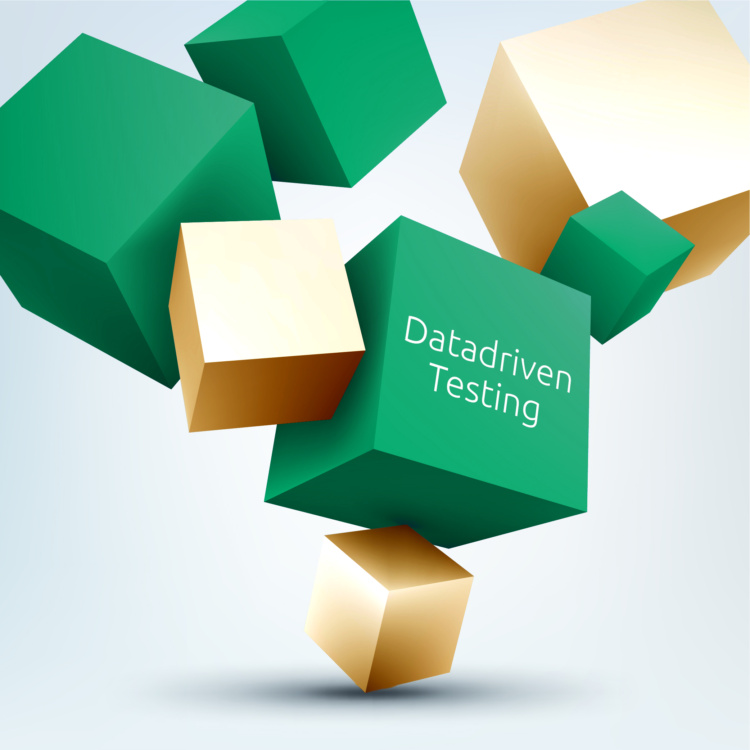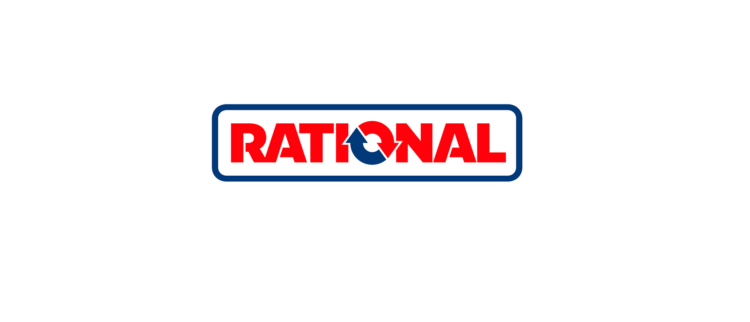TestBench offers an advanced software solution to plan, design, manage, execute and analyse product tests more efficiently. The tool was designed specifically for software development teams and their test managers, testers, developers, product owners and stakeholders. Systematic software testing is a demanding and complex task that is time-consuming and resource-intensive, but at the same time of crucial importance for the quality of the overall product. This is precisely where TestBench comes in, providing professional tool support to make this process simpler, faster and of higher quality. TestBench provides support in all phases of the test process – from planning, through design and automation of the tests, to complete logging of the test results. The solution guarantees:
- Comprehensive and audit-proof test documentation
- Excellent maintainability and a high degree of reusability of manual and automated tests
- Smooth switching between manual and automated test execution
- Seamless integration into existing tool chains thanks to an open interface
- Freely configurable reports for detailed analysis and reporting
Rely on TestBench to take your test management to a new level and sustainably optimise the quality of your software products.





